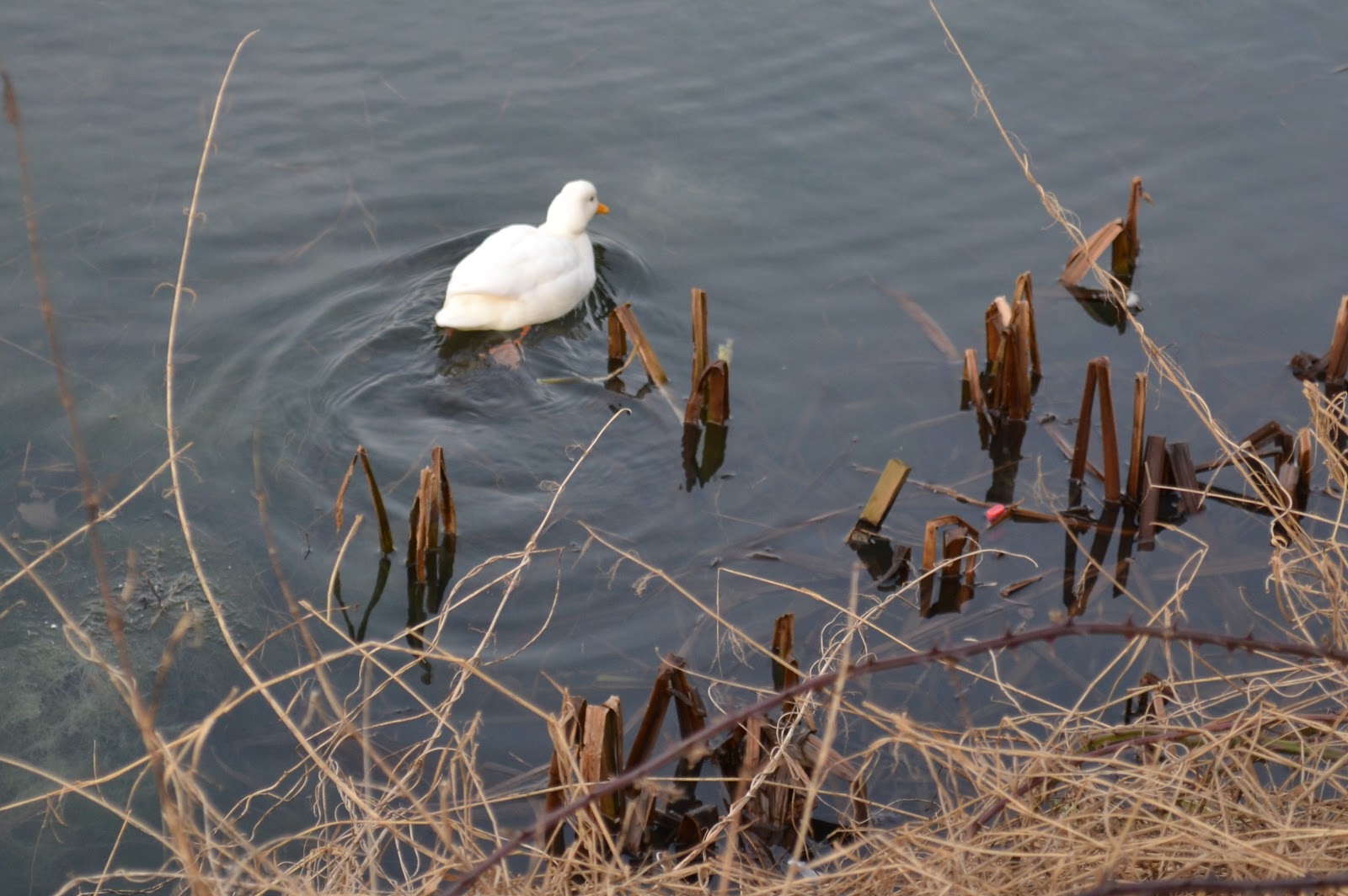Walking around Saltaire today, you have to be impressed by the solidity of his achievement. The rows of neat terraced houses, each with their own front and back garden, are impeccably maintained; an estate agent’s dream. There’s a handful of shops, defying the recession, although you’ll be disappointed if you want a drink. The community has remained true to Titus’s ground rules, and he was adamant that there should be no pub.
What has changed is the mill. With the end of textile production, the mill closed in 1986 and looked destined to become an enormous white elephant, too precious to pull down, but of no practical use whatsoever. It was bought by Jonathan Silver, a friend of David Hockney, who had a vision. What better place to display the art of Bradford’s – and probably England’s - greatest living artist. Not only did the mill have space in abundance, but its ambience was in perfect accord with Hockney’s spirit: unassuming, down to earth, and Yorkshire through and through.
Today the mill houses one of the largest collections of Hockney’s art – drawings, oil paintings, lithographs, etchings, photomontage. What is most surprising is the way that it’s displayed. Pictures hang from every available space around the walls, but this is no typical gallery. Around the room are tables stacked with art books, notelets, postcards, musical instruments; this is a cross between a gallery, a showroom and a shop. At first glance, the art appears incidental, furnishings added as an afterthought to fill the walls. That’s how our greatest living artist has decided his work should be displayed.
The top floor must not be overlooked. Here there are special exhibitions. When we visited, it featured three 27-foot long pictures of a road in Hockney’s Bridlington, depicting the changing seasons, from winter to summer. Also, along with other works – portraits and landscapes – were displayed pictures created on the artist’s latest tool, his iphone and ipad.
A year ago , an exhibtion of Hockney’s work was held at the Royal Academy of Arts in London, featuring his paintings of the Yorkshire landscape. It was a sell out, with crowds queuing to get in. Here, admission is free, and you’ll find no more than a handful of visitors.
Take the train to Saltaire. Visit the Hockney galleries, buy a postcard, and sample the mill’s cafe. But, before you leave, take the canal path to Saltaire Village and see for yourself that other great work of art, the bricks and mortar of Titus Salt.






